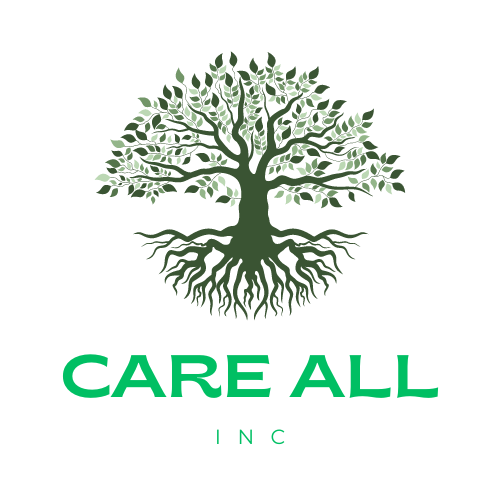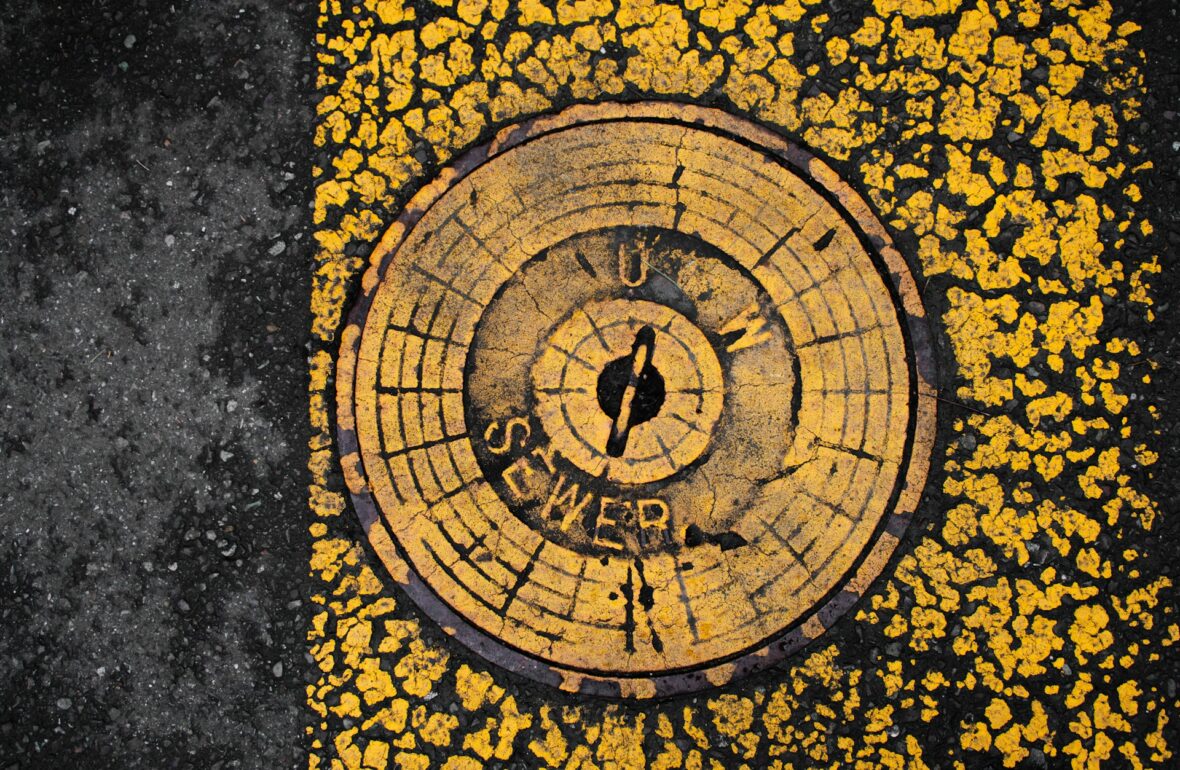Dealing with a damaged sewer line is stressful, but the thought of a beautiful yard being dug up can make it even worse. For years, the only solution was to excavate the entire area, leading to a torn-up lawn, ruined gardens, and a hefty restoration bill. Fortunately, modern plumbing offers a less invasive and more cost-effective alternative.
This is where trenchless sewer lining comes in. This innovative method allows professionals to repair your sewer lines from the inside out, often without extensive digging.
By understanding the differences between this modern approach and traditional methods, you can make an informed decision that saves you time, money, and significant property disruption.
This guide will walk you through the key advantages of trenchless technology compared to the old dig-and-replace method. We’ll cover everything from cost and time savings to the repair’s long-term durability, helping you see why going trenchless might be the best choice for your home.
What is Trenchless Sewer Lining?
Before comparing the two methods, it’s helpful to understand what trenchless sewer lining involves. Instead of digging a long trench, plumbers use existing access points, like a cleanout, to insert a flexible, resin-coated tube (or liner) into the damaged pipe.
Once in place, the liner is inflated, pressing it against the walls of the old pipe. The resin then cures, creating a new, seamless, and durable pipe within the old one.
The Cost Factor: A Clear Winner
One of the most significant considerations for any homeowner is the total cost of a repair. While the upfront price of trenchless lining might seem comparable to traditional methods, the hidden expenses of digging can add up quickly.
Lowering Overall Expenses
- Reduced Labor: Traditional excavation requires a large crew for digging, replacing pipes, and backfilling. Trenchless repairs need a smaller, more specialized team, which significantly cuts down on labor hours and costs.
- No Landscaping Restoration: After a traditional repair, you’re often left with a major landscaping project. The cost to replace sod, rebuild retaining walls, or repair driveways can be substantial. With trenchless methods, your yard remains intact, eliminating these extra expenses.
- Avoiding Hidden Excavation Costs: Digging can unearth other issues, like hitting utility lines, which leads to additional repair bills. Trenchless technology avoids this risk, helping you manage excavation costs more predictably.
Minimizing Property Disruption
The phrase “sewer repair” often conjures images of a construction zone in your front yard. Trenchless technology changes that picture completely.
Keeping Your Landscape Intact
- Preserving Your Lawn and Garden: With only one or two small access points needed, your lawn, flowerbeds, and mature trees are left untouched.
- Protecting Hardscapes: Driveways, patios, and walkways don’t need to be broken up and repoured. This is a major advantage, as repairing concrete is expensive and difficult to match perfectly.
- Less Noise and Mess: Trenchless repairs are quieter and produce far less debris than large-scale excavation, making the process less disruptive for you and your neighbors.
The Time Advantage
When your sewer line is out of commission, you want the problem fixed as quickly as possible. Traditional repairs can be a lengthy process, often taking several days or even weeks.
A Faster Path to Resolution
- Quicker Completion: Most trenchless sewer lining projects can be completed in a single day. In contrast, digging, replacing, and restoring can stretch over a much longer period.
- Immediate Use: Once the new lining has cured, your sewer system is typically ready for use almost immediately.
- Fewer Weather Delays: Excavation projects are often at the mercy of the weather. Rain or frozen ground can bring a traditional dig to a halt, while trenchless repairs are less affected by these conditions.
Long-Term Durability and Performance
A sewer repair is an investment in your home’s infrastructure. You want a solution that isn’t just a quick fix but one that will last for decades.
A Stronger, More Resilient Pipe
- Seamless Design: The cured-in-place pipe is a single, continuous piece. This eliminates joints, which are common weak points where leaks and root intrusion occur in traditional pipes.
- Corrosion-Resistant Material: The epoxy resin used is highly resistant to corrosion and rust, giving it a longer lifespan than materials like cast iron or clay.
- Improved Flow: The smooth interior of the new liner can improve your sewer line’s flow capacity, reducing the chances of future clogs. Most trenchless liners come with a life expectancy of 50 years or more.
Environmental Benefits
The environmental impact of a major repair is another important factor. Trenchless methods offer a greener alternative to traditional excavation.
A More Eco-Friendly Choice
- Reduced Carbon Footprint: Trenchless repairs require less heavy machinery, meaning lower fuel consumption and fewer carbon emissions.
- Less Soil Disturbance: Large-scale digging disrupts the local ecosystem. By avoiding this, trenchless methods help preserve your property’s natural balance.
- No Landfill Waste: The old pipe is left in place and used as a host for the new liner, meaning no old materials are sent to the landfill.
Your Path to a Smarter Sewer Repair
When faced with a failing sewer line, the choice between traditional and trenchless methods becomes clearer. Trenchless sewer lining offers compelling advantages, from lower overall costs and minimal property disruption to faster completion times and superior durability.
It provides a modern, efficient, and long-lasting solution that protects your landscape and your wallet. If you’re experiencing sewer problems, don’t assume a torn-up yard is your only option. Ask a qualified plumbing professional if trenchless sewer lining is right for your home.
To learn more about this advanced technology, contact an expert today and solve your plumbing issue with minimal hassle.






